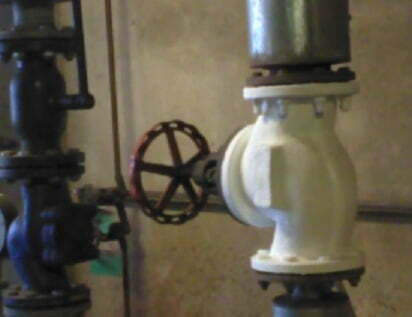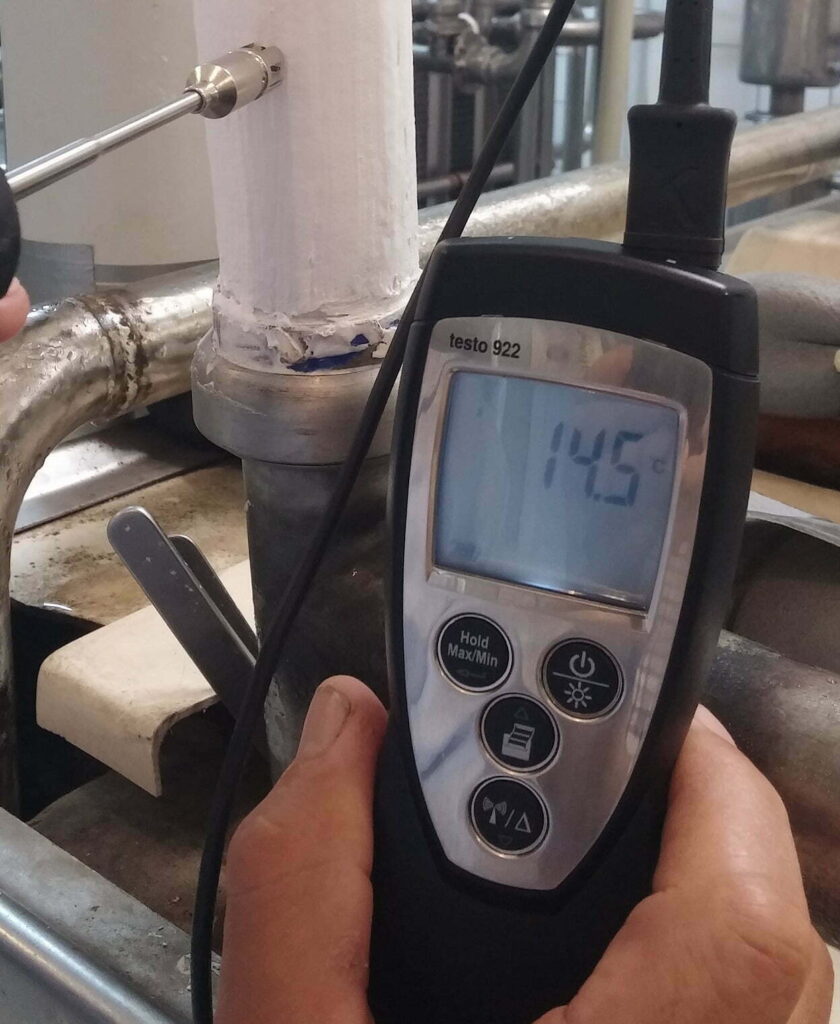Application
Sample solutions
Construction
Residential buildings and construction objects
Uninsulated or inadequately insulated external walls in a building cause freezing in winter and overheating of the building in summer. These problems lead to further complications in the form of moisture condensation, which causes stains or mold. Cleaning and drying such surfaces is only a temporary measure, not a solution to the problem.
By covering the wall of the house with thermal insulation paint, we are able to reduce the differences in temperature on both sides of the partition. Simple painting works allow you to reduce costs both in the cooling and heating seasons and completely eliminate the aforementioned problems. Due to the ecological nature of our coatings and their resistance to aging, we guarantee a healthy atmosphere for many years.
Containers
Mobile containers that are very popular and quick to implement, which are used as gatehouses, offices and even apartments, are unfortunately extremely difficult to insulate. Summer heat and winter frost easily penetrate the thin walls of the containers, which incurs high heating and cooling costs.
The temperature inside the container on sunny days can reach up to 40°C, but thanks to the paint with insulating properties and reflecting 90% of the radiation, it was possible to significantly reduce the internal temperature by over 17°C.
Insulation with thermal insulating paint allows not only to increase thermal comfort inside the rooms, but also to save heating and cooling costs.
Historical and religious buildings
Due to its aesthetic and historical value, any renovation, conservation or restoration of monuments is very difficult, and thermal modernization or insulation with traditional methods such as polystyrene or wool is almost impossible.
Thermal insulating paint can be applied to surfaces of any shape, thus neither the volume of the monument nor its historical value will be reduced. A coating with a thickness of only 2 mm is able to complete the missing insulation, and thus not only increases thermal comfort, but also prevents problems such as condensation and mold bloom. In addition, thanks to the high flexibility of the coating, we can effectively protect external plasters against their degradation.
Are you interested in our thermal insulation paints?
Industry
Rotary dryers
Rotary dryers are industrial devices designed for drying a wide range of raw materials, including such as limestone, coal, sand, coke and slag.
Drying by combining the rotary motion of the machine and the stream of a mixture of exhaust gases and hot air is a very energy-consuming process. Due to the high energy demand, it is important to properly insulate the drum, which would otherwise give off large amounts of heat to the environment.
Covering the rotary dryer with a heat-insulating coating turned out to be an extremely effective solution. The heat-insulating properties of the paint allowed for the maintenance of appropriate conditions inside the dryer, thus significantly reducing energy losses.
Heat nodes and pipes


Pipes transporting hot media are common in every enterprise and also require good thermal insulation. The heat radiating from the surface of the hot pipe is not only the cause of constant energy losses (and thus higher costs of heating the flowing medium), but also a very frequent cause of burns for employees in their vicinity!
Unfortunately, the attempt to insulate hot pipes with traditional methods such as lagging is usually difficult and expensive to implement. Often the reasons are cramped rooms or densely packed pipes, which make it impossible to use traditional insulation of sufficient thickness. Subsequently, such insulation makes the volume of an already cramped room even smaller, thus making it very difficult to move and to control the condition of the elements and their insulation.
Our modern insulation system is able to eliminate the problem of poor insulation of hot elements, while maintaining the volume, transparency and aesthetics of the room. The coating can be applied by spraying or by hand, with a brush or roller, which ensures the comfort of work.
The insulation of our coatings ensures a safe working environment in conditions of constant load with very high temperatures, up to 220°C.
Cooling systems


Many industries, in addition to heat, also use cold to maintain their products or reduce the temperature of working elements. A good example is dairies that have traditionally used chilled water systems to maintain the right conditions for dairy products.
One of the problems of any cooling system is the precipitation of condensate on the surface of the element carrying the cold medium. Condensing moisture causes corrosion, surface degradation and is an environment suitable for bacterial growth.
Due to the ecological composition of our paints, it is successfully used even in dairy plants. Traditional insulation does not meet the requirements of this type of plant as it begins to absorb condensate over time. Then, in the middle of such isolation, microorganisms multiply and it can also start to fall off under its own weight.
Implementation in a dairy using a chilled water system confirmed the insulating properties of the coating. The layer of only 2mm allowed to reduce the temperature difference between the surface of the pipe with the cold medium and the surroundings, thus preventing condensation on the surface of the element and an increase in the temperature of the coolant.
Industrial furnaces
Plant furnaces are places where the problem of insufficient insulation is clearly visible. Due to the need to maintain high temperatures on large devices and over a long period of time, each saving degree of temperature brings great financial benefits. In addition, the ovens require constant maintenance and control, which means that workers in their vicinity have to work in very unfavorable conditions, reminiscent of those in a sauna.
In one of the projects, our coating applied to annealing furnaces allowed to both significantly reduce energy consumption and improve work comfort. At the beginning, the ambient temperature near the stoves remained at 80°C, but after applying our thermal insulation paint, the temperature was reduced to about 40°C – which made both employees and management extremely happy 🙂



